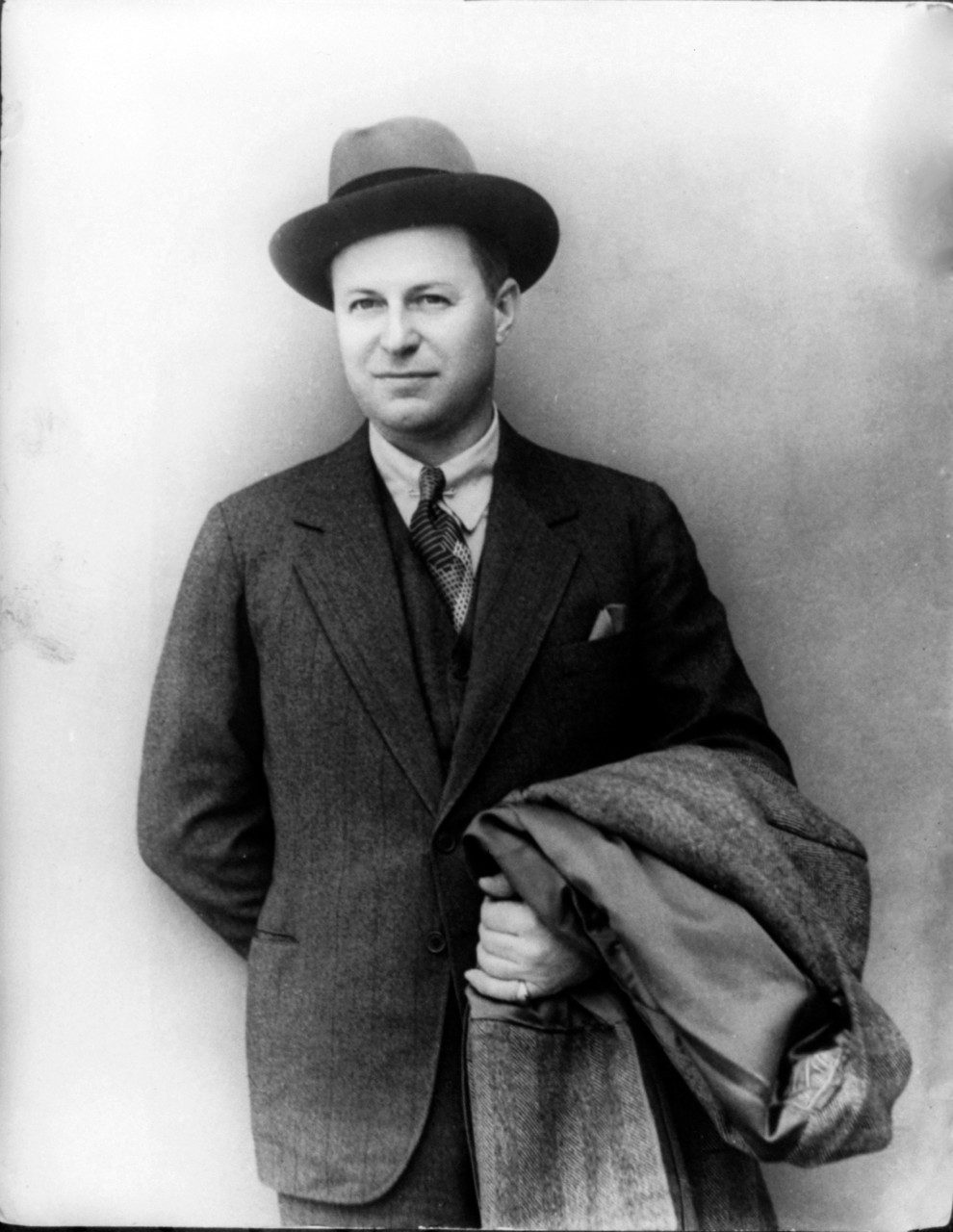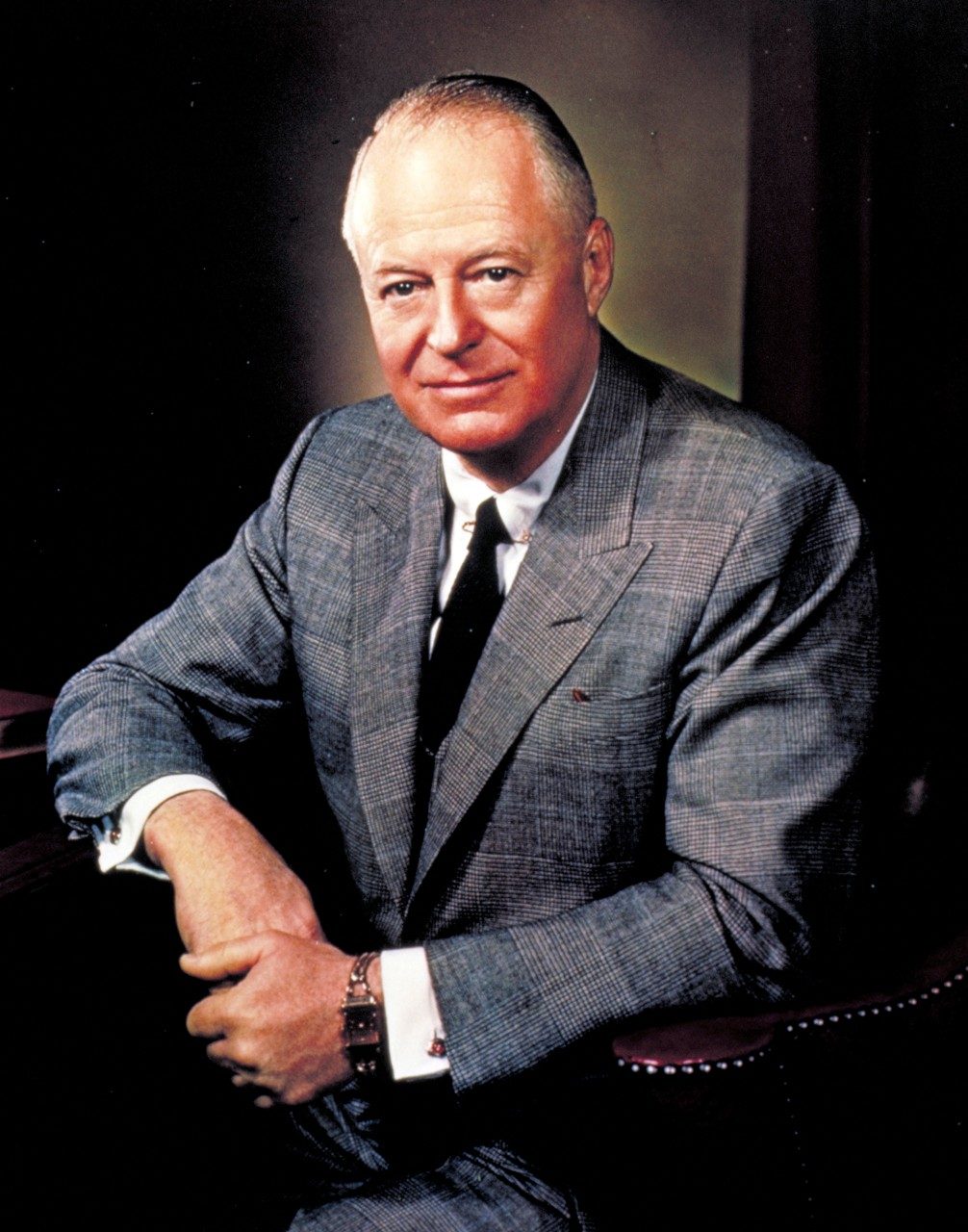On the morning of June 21, 1932, a neatly dressed young Harvard grad stood in a U.S. district courtroom in Los Angeles holding a single white envelope.
He had come to purchase the assets of the Lockheed Aircraft Corporation. The company’s founder, Allan Lockheed, had doggedly pursued his dream of building a successful aircraft company since 1912. Unfortunately for Allan, his recent successes with the globe-trotting Vega and speedy Orion aircraft could not outweigh the effects of the Great Depression. His company was forced into bankruptcy.
The judge asked if there were any bidders for the company. Only the young man stepped forward, sliding the white envelope containing an offer of $40,000, cobbled together from a consortium of investors, onto the judge’s bench.
The judge was blunt. “I hope, young man, you know what you’re doing,” he said.
“I do,” responded Lockheed’s new buyer, who would walk out of the courtroom and spend the remainder of his life—some 28 years—turning Lockheed into the most dynamic aerospace company in the world.
His name was Robert E. Gross.

Risk Equals Reward
It was said—and proven time and again—that Robert Gross always “knew what kind of airplane to build,” constantly spearheading just the right project at just the right time.
But his greatest skill was in building a forward-thinking, financially stable company composed of talented employees and future leaders. He had a great eye for talent, as evidenced by two of his first hires, engineer Hall Hibbard and his young protégé Clarence “Kelly” Johnson, who turned Gross’ idea of a fast, affordable, all-metal civilian aircraft into the famed Electra. In various configurations, the Electra would literally put Lockheed on the map, selling nearly 4,000 aircraft around the world in the decade that followed.
For Gross, risk and expansion were inextricably intertwined. So when daring blueprints for a new military fighter and bomber came across his desk in the mid-1930s, he invested in them, even though his company had little experience in military aviation. It was a decision that ultimately led to the creation of two planes—the P-38 Lightning and the Hudson bomber—that helped change the course of World War II.
After the war, he stayed true to his principles, pushing for innovation at every turn. Kelly Johnson got his secretive new division, Skunk Works, to build the world’s first spy plane, the U-2. And Lockheed formed a new Missile Systems Division that would help America win the space race and strengthen its subs and battleships overseas with startling new weaponry and defensive systems.

The Soul of Lockheed Martin
Even before his passing in 1961, Gross had become a legend. His revitalization of Lockheed, in terms of sheer numbers and speed, was unprecedented. Just nine years after acquiring the fledgling company, Gross had transformed it into the top-ranked airplane manufacturer in the world.
And although he had no practical experience as an engineer, designer or pilot, he cultivated a unique ethos—equal parts trust, integrity and passion—that remain a company hallmark to the present day.
“Look ahead where the horizons are absolutely unlimited,” he always said. And his company followed.
Sources and Additional Reading
- Boyne, Walter J. Beyond the Horizons: The Lockheed Story. New York: St. Martin’s Griffin, 1999.
- Cefaratt, Gil. Lockheed: The People Behind the Story. Nashville, TN: Turner Publishing Company, 2002.
- Cristen, Harvey. Lockheed Transcripts Portfolio.




